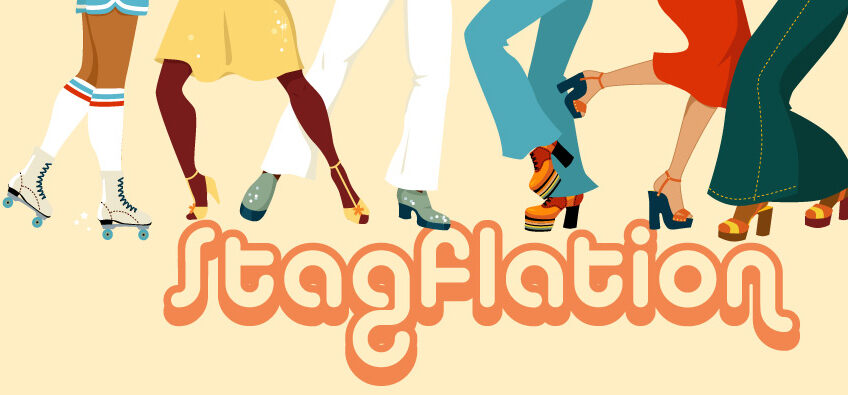
It’s Yesterday Once More!

What the 1970’s Stagflation Was Really Like!
It was a few small, still voices at first. Warning that the Federal Reserve was creating another stagflation decade like the 1970s. It is not yet a chorus, but other voices are joining in, singing that old song:
Just like before
It’s yesterday once more.
Stephen Roach, former Morgan Stanley Asia chair, now at Yale University writes that “Echoes of an earlier, darker period of economic history are growing louder.”
So, what was the Stagflation Decade really like? The decade really began with a massive devaluation when Nixon abandoned the dollar’s gold backing in 1971. From that day to this the dollar has been a fiat currency which means it is only money because the government says it is money.
Here are a few bullet points:
- The average inflation rate for the 10 years of the decade was 6.85 percent. Many were unprepared because that was almost three times the average inflation rate of the prior two decades.
- Like other inflations, price increases throughout the 1970s were uneven across goods and services. Some would rise rapidly, and others moderately for a time, and then the rates of increase would change as lagging prices played catch-up.
- Three separate years of the decade experienced double-digit price inflation: 1974, 1979, and 1980. In the first half of 1980 the Consumer Price Index annual inflation rate rose to 14.8 percent.

- In a brazen effort to shift responsibility for inflation, which was entirely the State’s doing, to the public, the Ford administration created a public relations campaign centered around the distribution of buttons bearing the word “WIN.” It stood for “Whip Inflation Now,” as though inflation was something that needed to be fought by the people instead of stopped by the authorities. Later Fed chairman Alan Greenspan, who was Ford’s head economic advisor, said he thought at the time that he thought it was “unbelievably stupid.” But he did not say so when it mattered.
- The stock market lost almost 50 percent of its value in a mere 20 months.
- Unemployment rose to 9 percent.
- Oil rose from $3 a barrel to $35 in 1981.
But of course, the big winners of the Stagflation Decade were those who turned to gold and silver for protection from the destructive activities of the Deep State Money Manipulators:
- Gold began 1971 below $38 an ounce. Its average price that year was just over that $40 per ounce. At the end of the Stagflation Decade, in January 1980 it reached $850.
- Silver traded in 1971 between a low of $1.30 to a high of $1.80 per ounce. At the beginning of January1980 it reached $50.
We urge you to speak with a Republic Monetary Exchange gold and silver specialist today and take steps to protect yourself from renewed inflation.
